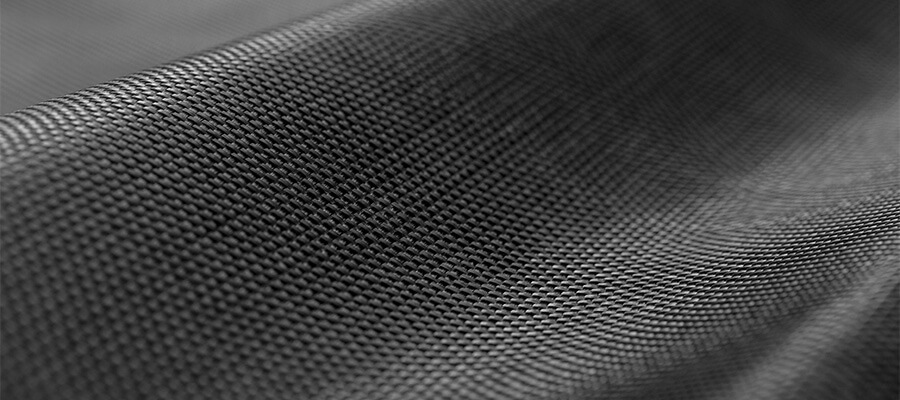Let’s reimagine defense
Conductive carbon nanomaterial that’s lighter, stronger, and made in the USA
The defense industry has long been at the forefront of technological innovation. It remains true for advanced applications of carbon nanomaterials, where lightweight, high-strength, and high conductivity deliver efficiency and high performance. With the added benefits of being carbon-negative at scale and the security that comes with a material that is abundant and recyclable–hello, circular supply chain–we’ve only just scratched the surface of what’s possible.
Lightweight cabling and wiring

The F-35 has an estimated 15 miles of cable. Just substituting the metal shielding in these cables with Galvorn would reduce the weight by nearly 1200 lbs. Galvorn’s properties make it suitable for cabling and wiring applications where lower conductivity is acceptable in favor of huge gains in weight reduction, strength, and durability. Not every application requires the 58 MS/m conductivity of copper, for example, cable shielding or conductors in twisted shielded pair cables. Galvorn CNT shielded cables are 40 - 60% lighter than commercial cables and have comparable shielding performance (shielding effectiveness and insertion loss). Galvorn CNT wire is up to 90% lighter than copper wire with significantly better resistance to flex fatigue: Galvorn wire has over 100x longer flex life than the same diameter copper wire.

Conductive composites
Composites offer huge potential to harness the properties of Galvorn across an even broader range of form factors and applications. Based on preliminary Galvorn fiber reinforced composite fabrication and testing, Galvorn composites have demonstrated the potential to have 10x higher electrical conductivity than traditional carbon fiber composites. This can enable integrating electrical functionality directly into composites as opposed to using composite materials strictly for structural applications. Galvorn composites not only have the added potential to be lighter and stronger, but also more cost-effective given its flexibility, which enables easier manufacturing.
Smart ballistic armor

The most fundamental challenge of designing armor that can protect the wearer against firearms is balancing the need for protection and stopping power with the need for the clothing to be lightweight and flexible. Galvorn CNT fibers have achieved over 80% of the tenacity of Kevlar and a specific modulus that is significantly higher than that of even high-stiffness UHMWPE fibers (240 N/tex vs. 87-159 N/tex). But, the property that really sets it apart from existing ballistic fibers is its electrical conductivity, which could allow for the creation of ballistic vests that are also smart clothing: armor equipped with biometric sensors, heating elements, or other electrical functionality.

Cut-resistant gear
Galvon’s superior strength and ability to dissipate energy when indented with a blade makes it a good choice for cut-resistant gear, for example using dual twill weave to make cut-resistant gloves. In fact, Galvorn fibers have significantly higher cut resistance than Kevlar, Dyneema, and even S2 glass fibers. An oldie but a goodie, we put our CNT yarn to the test with an ax–the possibilities abound!
What will you build with Galvorn?
When we’ve been using some materials for millennia–or even decades–it can be hard to imagine the world differently.
Explore Galvorn World to learn about the numerous applications possible and the downsides of incumbent materials, including:
